By Arne Okko Kees van Eerden
Related paper: Nest-site selection and nest predation in a tropical passerine in relation to food, friends, and foes by Arne Okko Kees van Eerden, Jan Komdeur, David S. Richardson, Hannah L. Dugdale, Martijn Hammers. Ornithology.
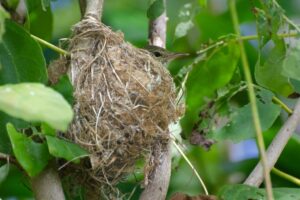
Have you ever walked through the forest and looked up to see a bird’s nest hidden in the branches? I always find myself thinking about why they picked that exact place. Why not in a neighboring tree? Why at that height? In our latest study, we explored the nesting behaviors of Acrocephalus sechellensis (Seychelles Warbler). Our aim was to understand how these birds balance food availability, avoiding predators, and social factors when choosing a nest location.
We spent a summer on Cousin Island to track down where warblers build their nests. Almost all birds of this population are individually color-banded. Since they maintain the same territories year-round, they should know every twig in their small territories. This makes this study system suited for our question. A. sechellensis must choose a nest-site based on extensive knowledge of limited possibilities.
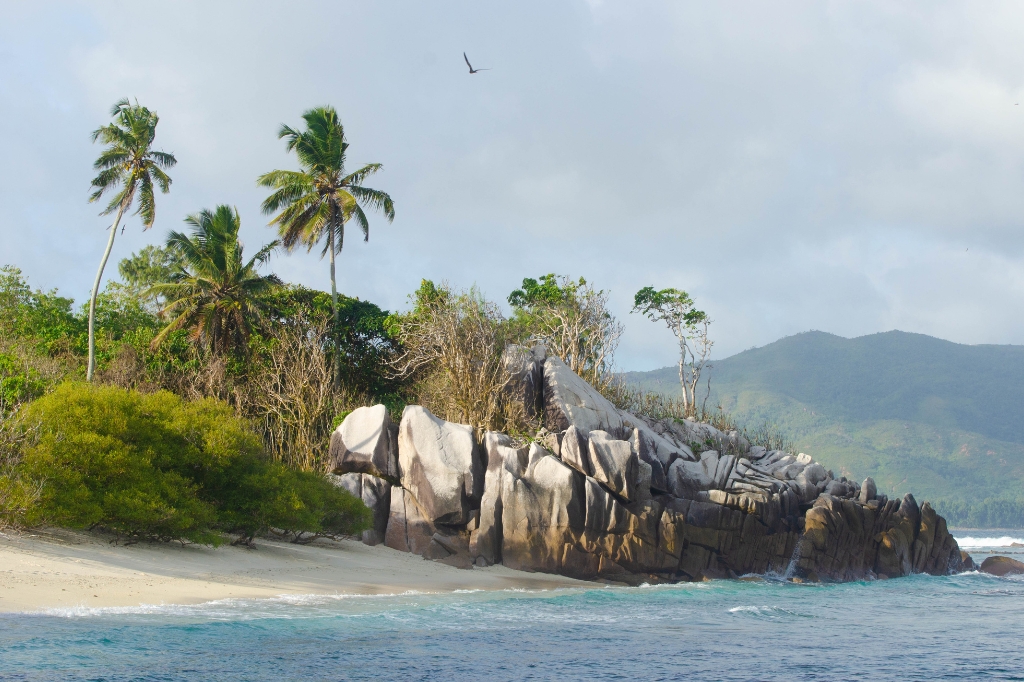
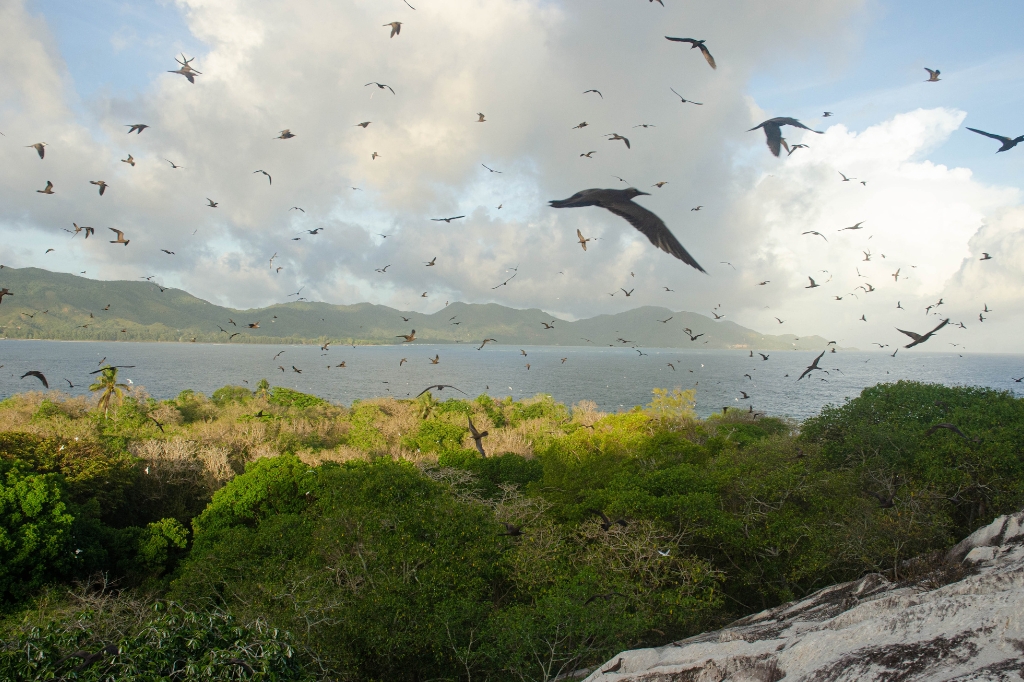
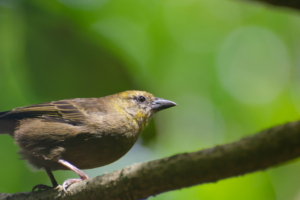
Our fieldwork consisted of mapping territories, nests, vegetation, predators, and food abundance. We tracked A. sechellensis nest locations, recording nest height, tree type, nearby food sources, and age of their neighbors. We also measured the presence of the main nest predator: Foudia sechellarum (Seychelles Fody).
A. sechellensis were picky about nesting locations, preferring high canopy nests for better daily nest survival. When food was scarce, they placed their nests in food-abundant sites within the territory. Predator abundance at the nest-site was also lower than that of the territory.
One additional factor influenced nest-site selection: helpers. These are birds that act as babysitters. Pairs without helpers prioritized breeding away from nest predators. Pairs with helpers nested in food-rich areas, even if those areas were teeming with nest predators. Having extra eyes (and beaks!) changes the game when it comes to risk-taking.
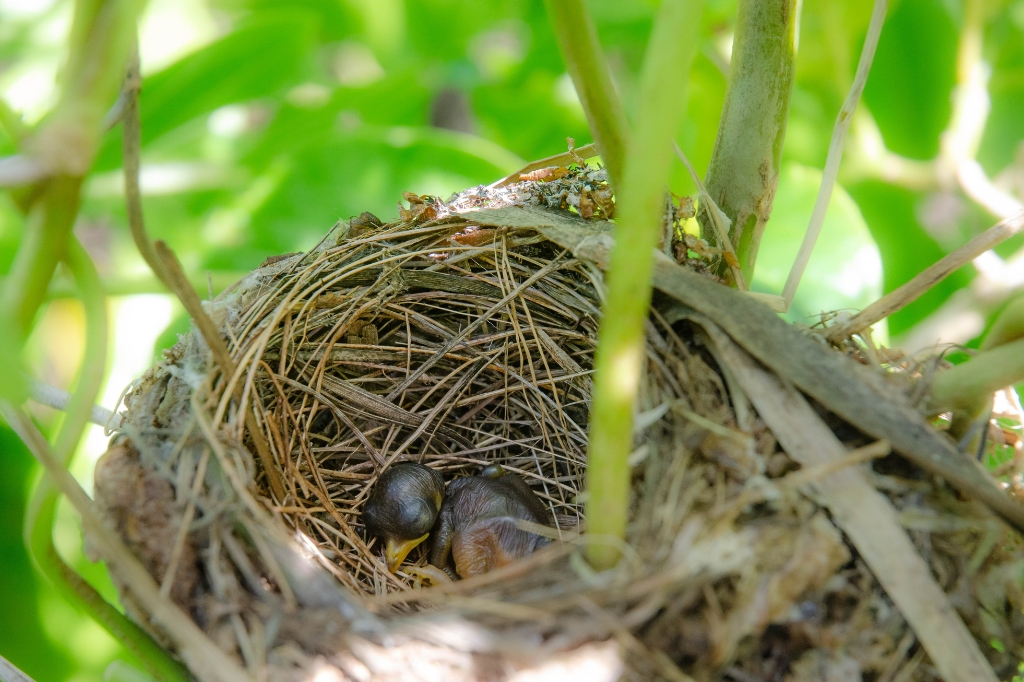
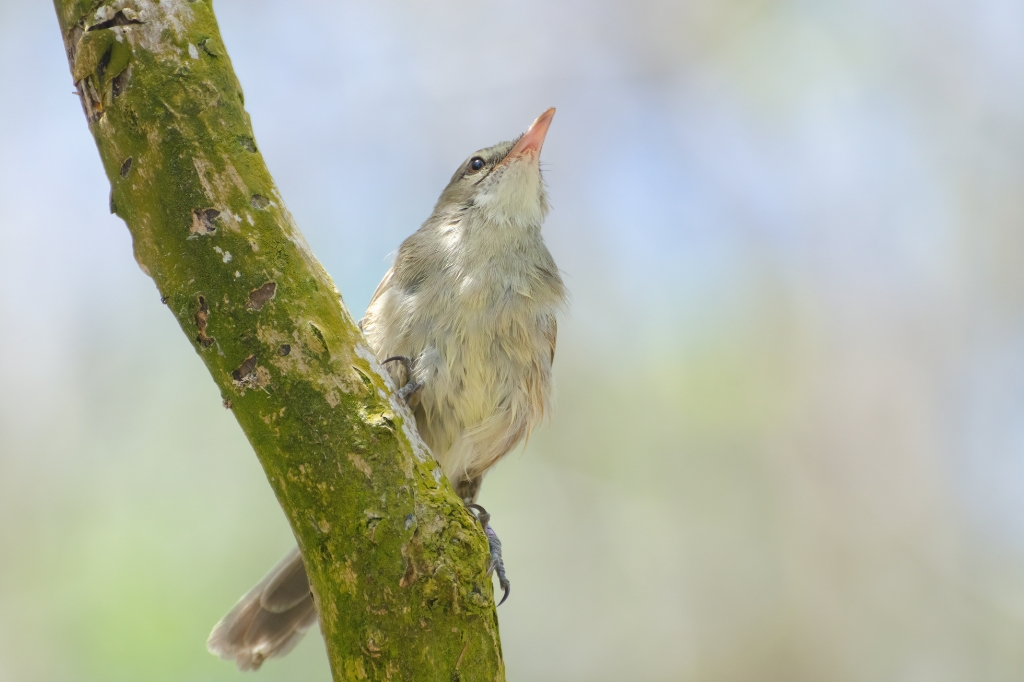
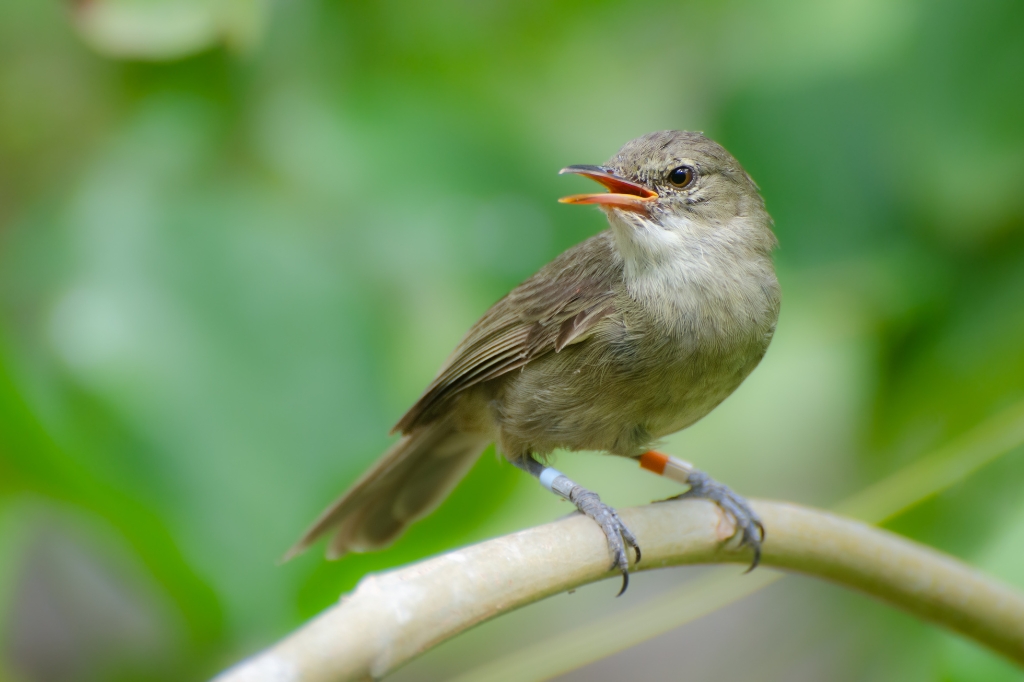
Females also nested closer to an older male neighbor when their partner was young. In female warblers’ eyes, old males are attractive. Would they like to pair up with their neighbor?
When choosing the best place to build their nests, birds face many ecological and social problems. They need a spot safe from predators and with enough food and resources for raising their young. The nesting habits of A. sechellensis provide a glimpse into how birds make complex decisions for successful breeding. By observing these choices, we learn about the most important factors for birds to choose a nest-site.
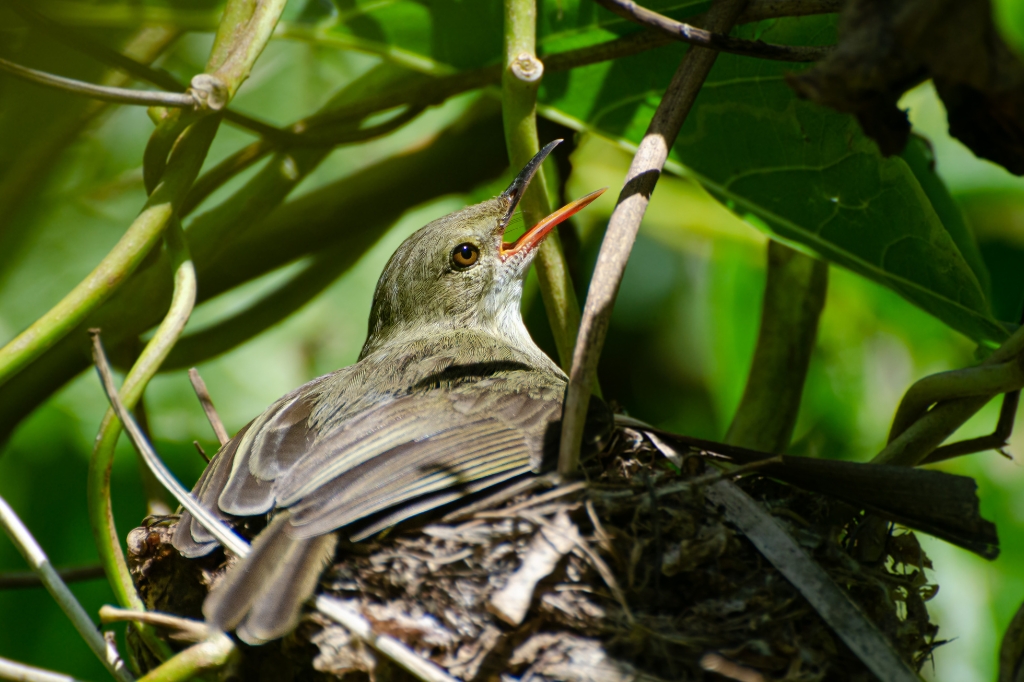
Great to see this detailed work on one of my favorite species! I was lucky enough to work on this bird, in this place, over 50 years ago when their survival was still in doubt. Congrats to authors on a fine study of an important relationship.
Hi Tony, thank you for your message which brings in the background perspective of our study species. I highly appreciate your comment and your pioneering work on this species. While predicting population dynamics over 50 years can be challenging, looking back, it’s evident that the interventions for this species and its ecosystem were very successful. Thanks to that we could also state that the Seychelles warbler is our favourite species too!